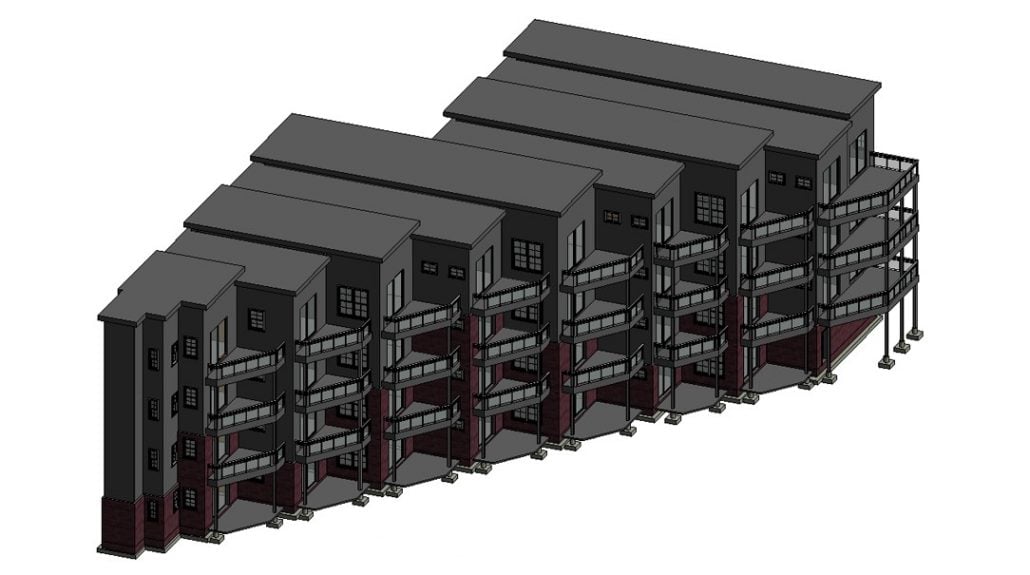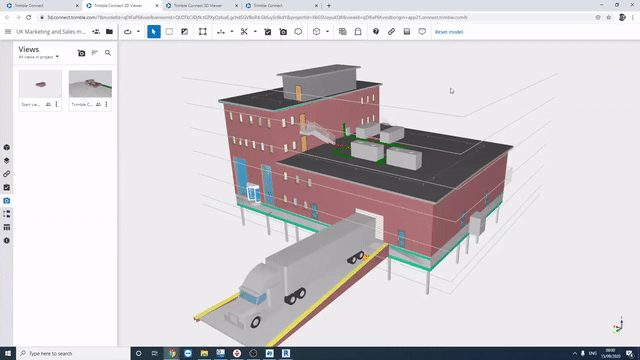6 Simple Techniques For Bim For Home Builders – Professional Builder
It likewise covers spatial relationships, geospatial information, amounts and residential or commercial properties of structure parts (for example, manufacturers’ details), and allows a vast array of collaborative processes relating to the built property from preliminary preparation through to building and construction and then throughout its functional life.http://clicky.buzz/index.php?do=/public/blog/view/id_112438/title_How-to-choose-the-right-public-health-engineering/ BIM authoring tools present a style as mixes of “things” unclear and undefined, generic or product-specific, solid shapes or void-space oriented (like the shape of a space), that carry their geometry, relations, and attributes. 3d modeling services.
These various views are instantly consistent, being based upon a single definition of each object circumstances. BIM software application likewise defines objects parametrically; that is, the objects are defined as criteria and relations to other things so that if a related things is modified, reliant ones will automatically also change. Each design element can carry characteristics for picking and ordering them automatically, offering cost estimates along with product tracking and ordering (3d modeling services).
Each professional includes discipline-specific information to the shared model – commonly, a ‘federated’ design which combines numerous various disciplines’ designs into one (3d modeling services). Integrating models enables visualisation of all designs in a single environment, better coordination and advancement of styles, enhanced clash avoidance and detection, and enhanced time and cost decision-making.

The supporting procedures of building lifecycle management consists of cost management, construction management, task management, center operation and application in green building. A ‘Common Data Environment’ (CDE) is specified in ISO 19650 as an: A CDE workflow describes the procedures to be used while a CDE service can offer the underlying technologies.
Building information designs span the entire concept-to-occupation time-span. To guarantee efficient management of details processes throughout this period, a BIM supervisor may be appointed. The BIM manager is kept by a style construct team on the client’s behalf from the pre-design phase onwards to establish and to track the object-oriented BIM versus anticipated and measured performance goals, supporting multi-disciplinary structure details models that drive analysis, schedules, liftoff and logistics.
Individuals in the structure procedure are constantly challenged to deliver successful tasks despite tight budget plans, restricted workforce, accelerated schedules, and minimal or conflicting information. The substantial disciplines such as architectural, structural and MEP styles need to be well-coordinated, as two things can’t take place at the very same location and time. 3d modeling services. BIM furthermore has the ability to help in accident detection, recognizing the specific location of disparities.

Sub-contractors from every trade can input crucial info into the design before beginning building, with opportunities to pre-fabricate or pre-assemble some systems off-site. Waste can be minimised on-site and products delivered on a just-in-time basis instead of being stock-piled on-site. Amounts and shared properties of products can be extracted easily.
What Does Architectural & Bim Modeling – 3d Engineering Solutions Do?
Systems, assemblies and sequences can be shown in a relative scale with the whole facility or group of facilities – 3d modeling services. BIM likewise prevents mistakes by making it possible for conflict or ‘clash detection’ whereby the computer system model aesthetically highlights to the group where parts of the structure (e. g.: structural frame and building services pipes or ducts) might incorrectly intersect.
This can yield benefits to the facility owner or operator. For instance, a structure owner might discover evidence of a leakage in his structure. Rather than exploring the physical structure, he may turn to the model and see that a water valve lies in the suspect place. He might also have in the model the particular valve size, producer, part number, and any other details ever researched in the past, pending sufficient computing power.
Dynamic info about the structure, such as sensing unit measurements and control signals from the building systems, can also be incorporated within BIM software application to support analysis of building operation and maintenance. There have actually been attempts at producing details models for older, pre-existing facilities. Methods include referencing key metrics such as the Center Condition Index (FCI), or using 3D laser-scanning surveys and photogrammetry methods (independently or in mix) or digitizing traditional building surveying methods by using mobile technology to capture accurate measurements and operation-related info about the possession that can be utilized as the basis for a model.
Among the obstacles to the appropriate maintenance and management of existing centers is understanding how BIM can be utilized to support a holistic understanding and execution of building management practices and “cost of ownership” concepts that support the complete product lifecycle of a structure. An American National Requirement entitled APPA 1000 Total Expense of Ownership for Facilities Possession Management integrates BIM to consider a variety of critical requirements and expenses over the life-cycle of the structure, including but not limited to: replacement of energy, energy, and safety systems; consistent upkeep of the building outside and interior and replacement of materials; updates to design and functionality; and recapitalization expenses – 3d modeling services.